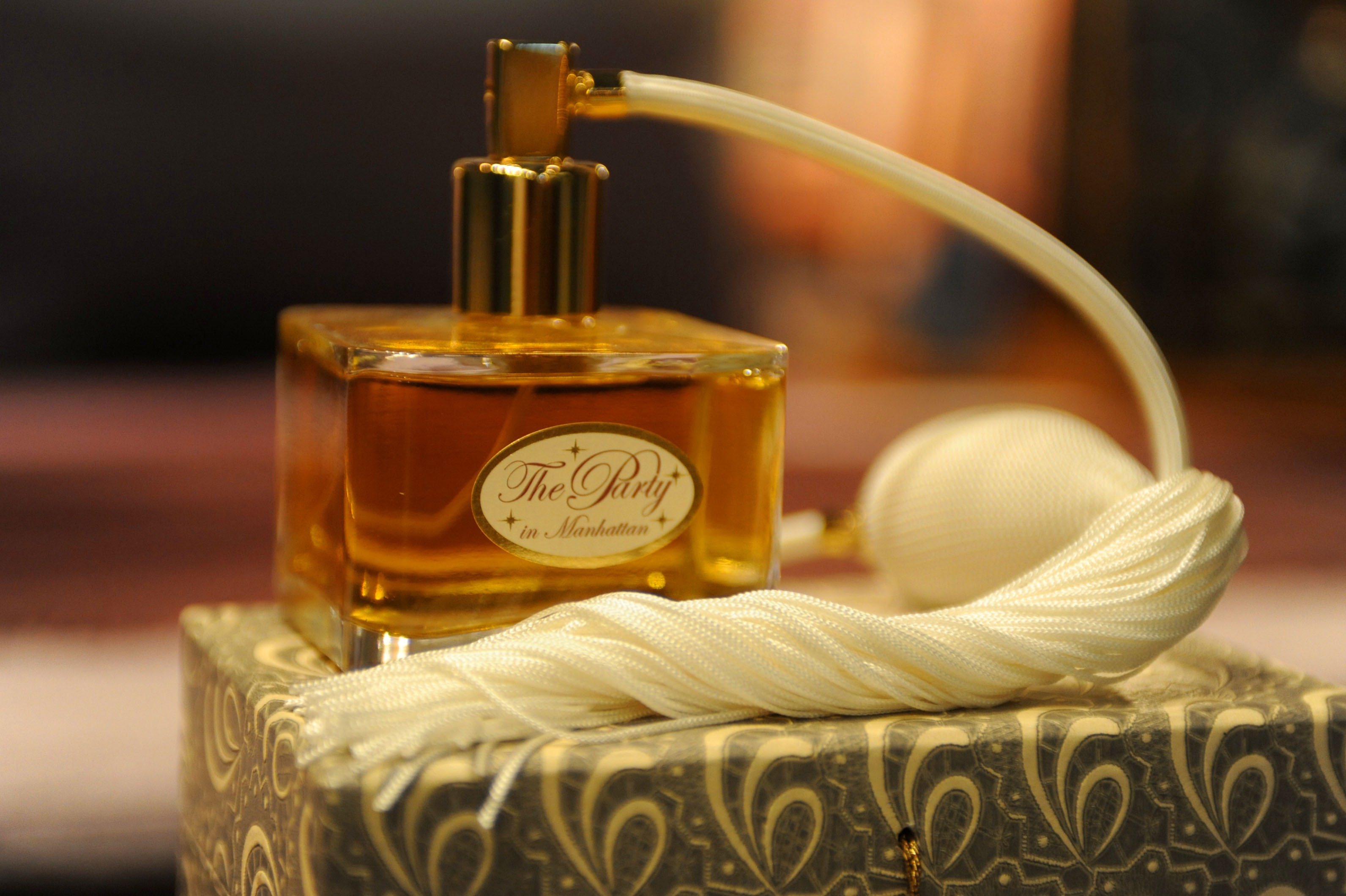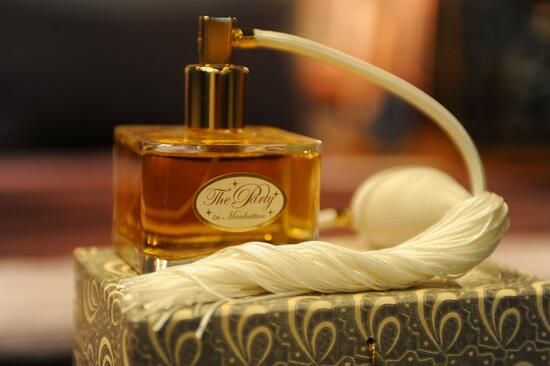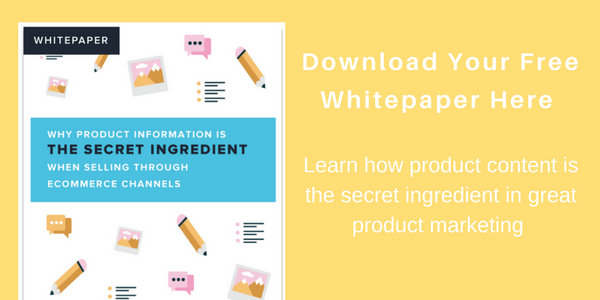
With retail giant Walmart recently calling for tighter formulation controls on cosmetics (per Cosmetics & Toiletries, a peer-reviewed scientific resource for the industry) many believe a new era of cosmetics regulation is well underway. Companies and watchdog organizations are increasingly taking the FDA’s outdated cosmetics standards into their own hands, and the regulatory landscape is evolving rapidly as a result.
Here are 3 things health and beauty manufacturers should know to remain competitive in the changing world of cosmetics regulations:
1. COMPANIES ARE BEING PRAISED FOR MONITORING COSMETICS “BEYOND REGULATORY COMPLIANCE”
This past September, Walmart announced a new policy that will require suppliers to phase out and eventually remove ten “hazardous” chemicals from the cosmetics products they distribute through the retailer. Manufacturers Proctor & Gamble and Johnson & Johnson both enacted similar policies within the last year.
Shortly after Walmart’s announcement, the environmental group Clean Production Action publicly praised the corporation’s decision to go “beyond regulatory compliance to reduce the use of hazardous chemicals.”
Though these particular chemicals have not been revealed, this new policy comes in response to ongoing scientific inquiry about the long-term effects of chemicals otherwise thought “safe” for people to interact with and consume in low doses.
Though the FDA will occasionally make a public request for a company to recall a cosmetics product, its outdated list of banned cosmetics ingredients (just ten in total, compared to over a hundred in Europe) and inability to actually enforce a cosmetic recall have allowed the cosmetics industry to remain relatively self-regulated until now.
If this “beyond regulatory compliance” trend continues to catch fire, health and beauty manufacturers may be forced to keep tabs on disparate banned ingredients and regulatory requirements for each of their distributor partners. Following an outdated code of federal conduct will no longer be enough.
But even if a manufacturer’s downstream partners continue to distribute all products as normal, consumers may still decide to take it upon themselves to avoid chemicals that have been widely bad-mouthed in the press, like phthalates and triclosan. Thus, even if a store hasn’t explicitly adopted a no-phthalate distribution policy, for example, a manufacturer might still see sales suffer for products containing the condemned ingredient.
2. COMPANIES ARE INCREASINGLY BEING HELD ACCOUNTABLE FOR THEIR ADVERTISING CLAIMS
Hyperbolic packaging claims and doctored advertisements have defined the beauty industry for years, but it wasn’t until recently that companies were publicly held accountable for this irresponsible marketing.
The National Advertising Division (NAD) of the Council of Better Business Bureaus in particular has upped its surveillance of cosmetics advertisements and labeling over the last two years. Mascara ads in particular, which are often guilty of both digitally enhancing models’ lashes and providing unsubstantiated marketing claims (“GET TWO TO THREE TIMES MORE VOLUME!”), are the most popular of NAD’s cosmetics targets. While NAD also can’t actually keep the ads from being disseminated, the media coverage that follows major NAD rulings is reason enough for most companies to comply with NAD’s wishes.
Cosmetics manufacturers, and especially their marketing and creative teams, need to be aware that these types of advertisements are quickly becoming vilified in the press as a result of these investigations. Furthermore, the fine print that used to nullify any wrongdoing (“lashes enhanced in post” read an infamously discontinued Taylor Swift ad for CoverGirl) is no longer an acceptable excuse for increasingly aggressive watchdog groups.
In addition, manufacturers are being called upon to justify marketing claims in increasing depth and increasingly public ways. The Fiore Rx Antifungal Nail Polish, for example, was approached by NAD this past summer and was publicly asked to substantiate over twenty product claims on its website. Online articles began picking apart these claims for a progressively health and safety-conscious consumer demographic, especially those claims that suggested using the polish could take the place of seeing a doctor for fungal treatment.
3. COMPANIES MUST EXPLICITLY UNDERSTAND THE DIFFERENCE BETWEEN A COSMETIC AND A DRUG
A cosmetic, according to the FDA website, is used “for cleansing, beautifying, promoting attractiveness or altering the appearance,” whereas a drug is “intended for use in the diagnosis, cure, mitigation, treatment or prevention of disease.” Depending on how a product is classified, it may or may not require FDA approval before being released to market (drugs need prior approval; cosmetics do not).
An increasing number of cases that begin as unsubstantiated claim investigations are then seguing into debates as to whether the products are better categorized as cosmetics or drugs. In other words, if a company is able to prove that its products live up to their genetics-bending and time-reversing hype, perhaps these products are so powerful that they in fact must be tested and evaluated as drugs.
Last year, the FDA released four warning letters to “cosmetics” companies including Avon and Lancome, and threatened that the companies either tone down their sensational advertising or submit their products to the extensive drug approval process. Agreeing to the former would force the companies to abandon expensive advertising campaigns, but submitting to the latter would ensure millions in lost revenue as products were withheld for drug approval.
Thus, manufacturing companies must look at all products and respective advertising campaigns to ensure that there is an explicit separation between cosmetics and drugs. Watchdog groups and the much-stronger drug branch of the FDA have found this strategy an effective way to corner brands into some sort of censure, and examples abound of its widespread appearance in the ongoing regulatory battle.
CONCLUSION
New breakthroughs in scientific discovery, coupled with increasing consumer demand for safer products, have resulted in a targeted reexamination of cosmetics regulation over the last few years. Manufacturing and retail corporations, watchdog organizations, and the public are all honing in on the cosmetics industry, and demanding safer formulations and more responsible marketing.
While health and beauty companies are aware that the world of cosmetics regulation is constantly evolving, it’s easy to become overwhelmed by the ever-growing jumble of related news articles, scientific reports, and lawsuits. Fortunately for these companies, however, this post demonstrates that these developments, at their core, boil down into three over-arching themes. If companies deeply understand these themes, they will undoubtedly be at the forefront of any widespread regulation reorganization moving forward.
Written by: Emily Saka
Recent Posts
Omnichannel Strategy: Here Are the Top 3 Drivers of Omnichannel Profitability
Digital-Influenced Retail Will Describe 70% of U.S. Sales by 2027 — What Does This Mean for Brands?
How Frequently Do Retailer Requirements Change — and How Can Brands Keep Up?
Subscribe to the Below the Fold Newsletter
Standing out on the digital shelf starts with access to the latest industry content. Subscribe to Below the Fold, our monthly content newsletter, and join other commerce leaders.



